I was just given a laptop to perform some development from a client and I am currently in the process of setting it up. Visual Studio 2010 is installed as well as SQL Server Management Studio 2008 R2. I'm trying to open SQL Server Management Studio to connect to the database but so far am not having much luck. I'm used typing in for a server name something like...
localhost
(local)
SQLEXPRESS
None of these are working.
So my question is: How can I tell what type of SQL Server installation and configuration I have on this machine, and how can I discover what server name I need to use in order to properly connect to it?
--Addition--------------------------------------------
I looked into the services as directed and found a few instances as indicated. SQLEXPRESS and MSSQLSERVER. I have tried to login with both of those options in these configurations...
SQLEXPRESS
MSSQLSERVER
computername\SQLEXPRESS
computername\MSSQLSERVER
.\SQLEXPRESS
.\MSSQLSERVER
None of these worked. I also altered the 'Log On As' property of the services from 'Network Service' to 'Local System' and tried them again. Still no success.
